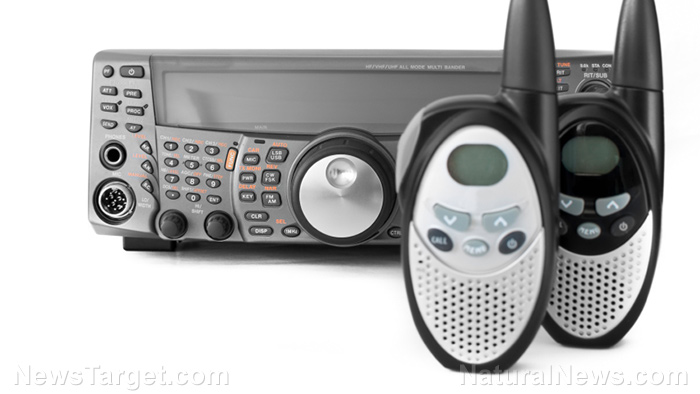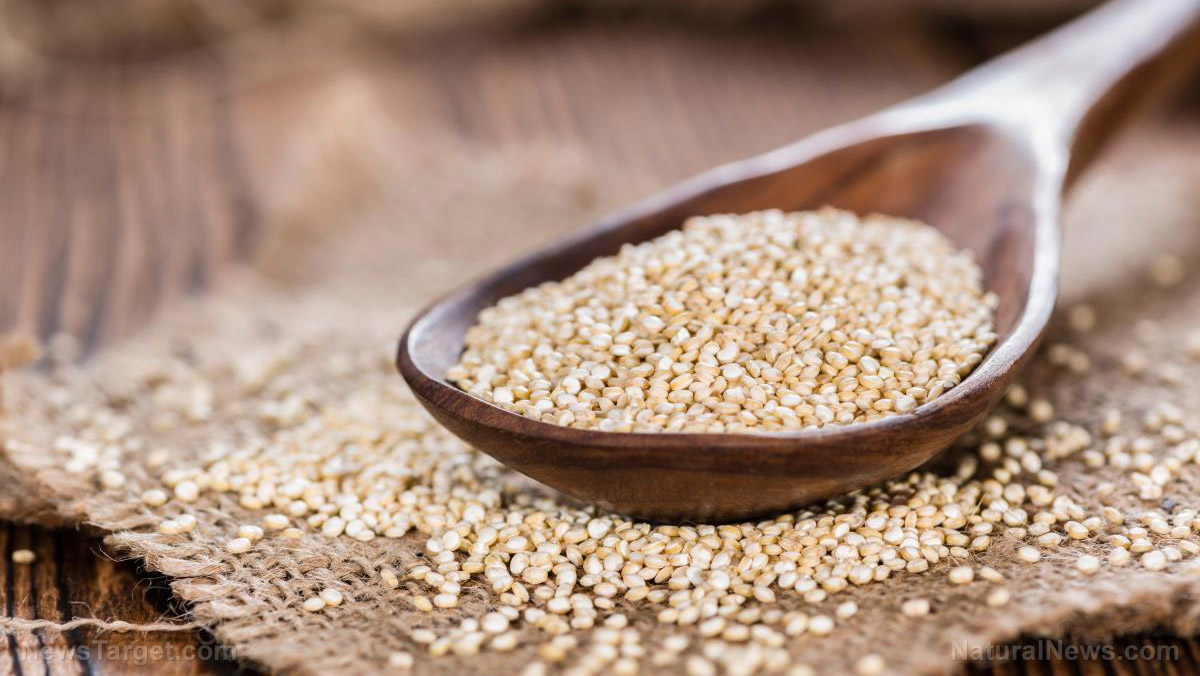Essential supplies to pack in your first aid kit for a camping trip
07/16/2021 / By Arsenio Toledo

Preppers and survivalists like yourself always need to spend some time out in the great outdoors. One of the first activities that probably comes to mind is camping. While this is definitely an enjoyable activity where you and your family can learn a lot of important survival skills, camping also comes with certain risks.
Accidents, whether they are minor or life-threatening, can happen at any time. This is why it is always better to be prepared for any health-related situation by packing a camping first aid kit. Here are some of the most essential items that should be in your first aid kit.
Medicine
Medicine is a basic first aid item. Pack enough of your prescribed medications. Other than that, consider your personal situation and that of your family and camping companions. Add any other medication you think might be important. (Related: Natural first-aid treatments of old can help you survive off-grid emergencies.)
Antiseptic
If somebody on your camping trip suddenly gets a cut or another kind of shallow open wound, antiseptic is necessary to keep that wound clean. Consider bringing an antiseptic liquid, cream, wipes or spray.
Bandages
Bandages are important to treat minor cuts and scrapes. Your first aid kit should include a wide variety of bandages to allow you to treat most kinds of shallow wounds. This includes fabric and plastic bandages, butterfly bandages, elastic bandages, hydrogel-based bandages and even liquid bandages.
Gauze
For deeper and more serious wounds, bring along some rolled gauze bandages and gauze pads. These will be very helpful for keeping deep wounds clean and lowering the chances of the wound getting infected.
To stop the bleeding of deep wounds with heavy blood flow, consider using hemostatic gauze. This special kind of gauze, which is also used by the military, helps blood coagulate quicker.
Thread and needle
When the deep cuts you or your camping companions suffer during your trip require more immediate care, having a thread and needle around may save a life. Sometimes the only solution to stopping blood loss is to stitch up a wound. Just make sure to clean the wound with antiseptic and to clean the thread either by dousing it in the same antiseptic or heating it or boiling it.
Splints
Immobilizing a suspected broken bone in a person’s limbs is an important wilderness first aid skill. Pack some finger splints and leg splints. If, for some reason, you need to improvise a splint, there are a variety of materials you can turn to, such as random sticks or trekking poles and a thick cord or rope.
Tweezers and blister kit
You may have to do a lot of walking and hiking to get to your campground. All of that walking can give rise to annoying blisters. You may also discover ticks and splinters on your body.
Having a blister kit, including blister dressing, can help you with the blisters. Your tweezers can help you pick out the ticks and splinters. Don’t forget to clean your blisters and the area where you just plucked out the ticks and splinters with antiseptic.
Depending on your situation, there may be other essential first aid items and tools that you may want to bring. For example, if you or anybody in your camping group is allergic to insect bites or certain flora in your campground, consider bringing anti-itching ointment like aloe vera. If there is any risk of you or anyone in your group succumbing to hypothermia, bring along some heat reflecting blankets (also known as space blankets) to counter it.
Think critically about your health and the health of your camping companions, and add other items to your first aid kit as necessary.
Learn more about what your first aid kit needs by reading the latest articles at EmergencyMedicine.news.
Sources include:
Tagged Under: bug out, camping, disaster, disaster preparedness, disaster survival, emergency medicine, emergency supplies, first aid, first-aid kit, preparedness, prepping, survival, survival medicine, survivalist, tips
RECENT NEWS & ARTICLES
COPYRIGHT © 2017 GEAR.NEWS
All content posted on this site is protected under Free Speech. Gear.news is not responsible for content written by contributing authors. The information on this site is provided for educational and entertainment purposes only. It is not intended as a substitute for professional advice of any kind. Gear.news assumes no responsibility for the use or misuse of this material. All trademarks, registered trademarks and service marks mentioned on this site are the property of their respective owners.




















